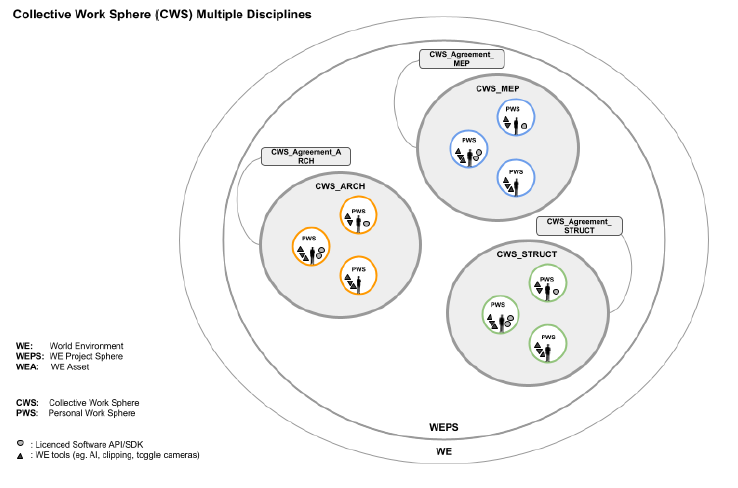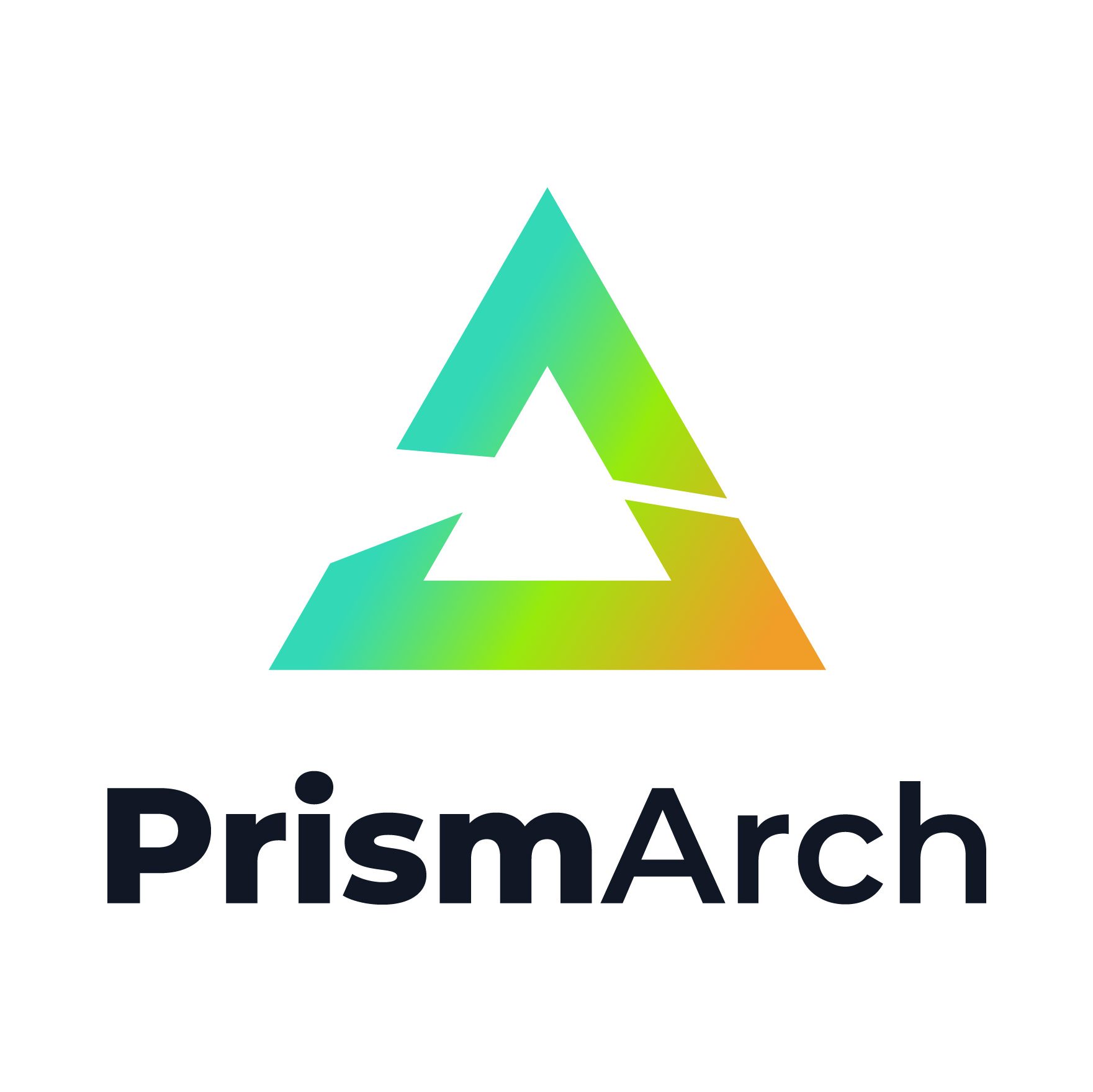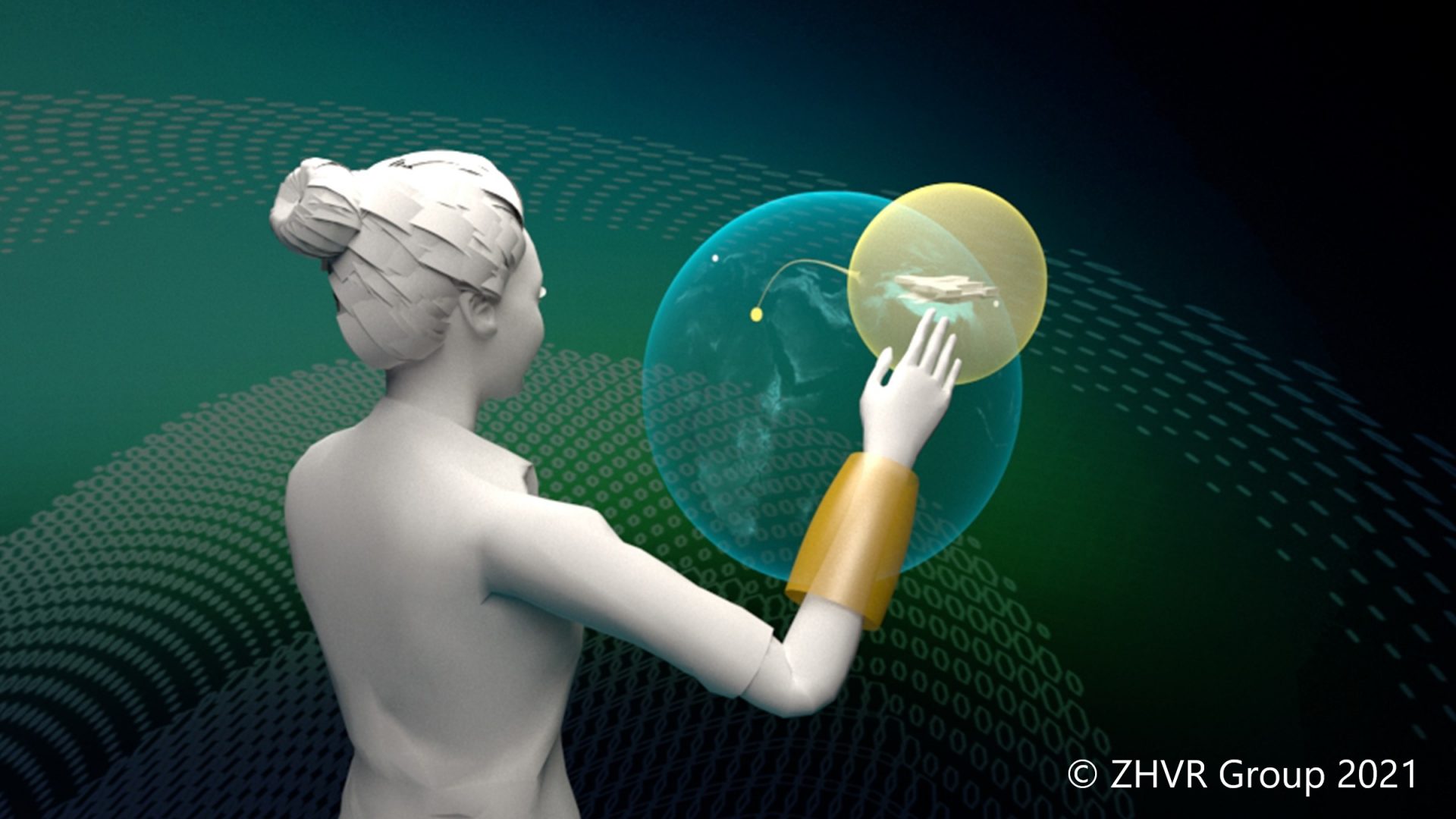ZHVR group has authored a white paper on the Sphereing framework for real-time collaboration and co-presence in VR. Now available for download from the ZHVR website, this paper stems out of ZHVR’s contribution to PrismArch, presenting Sphereing as a novel conceptual framework for realistic co-presence and collaboration inside VR. This framework is envisioned for broader, persistent use in cybernetic commercial and public domains.
Architectural projects are never linear processes. They require iterative design and design evaluation to reach the final outcomes and build results – not just as an individual, but also as a collective level. Through the research conducted for the needs of the project, regarding the requirements for an immersive collective collaborative environment, it came up that a unified information space is essential for effective knowledge exchange, and for creating and hosting holistic, multi-author constructs.
This raises questions of authorship, IP, and access privileges within the singular space; Sphereing approach to unified data addresses this issues, providing a functionality used to record, access, organise and demarcate combinations of assets in the World Environment (WE), recognising the various authors, their credentials, and the scale and time and the location of the information. Likewise, when sphereing applies to immersed humans and their actions, both to individuals and collectively, it creates the necessary conditions and agreements for co-presence.

Types of automatically produced Spheres
· World Environment (WE)
· Personal Work Sphere (PWS)
· Collective Work Sphere (CWS)
· WE Project Sphere (WEPS)
· Sphering Level (SL), indicating the state of a WE asset
Types of manually produced Spheres
· Data Sphere
· Meeting Sphere (MS)
· Exceptional assets (eg. temporarily inaccessible or ghosted information) that can be labeled inside the WE for legibility
Sphereing is proposed as a dynamic methodology to allow all disciplines to review, co-author and manage the entire architectural project ecosystem collaboratively. Sphereing inside the unified dataspace applies to the full extent of a project timeline, from the pre-inception stage to post completion, in the form of digital twins and archiving.

